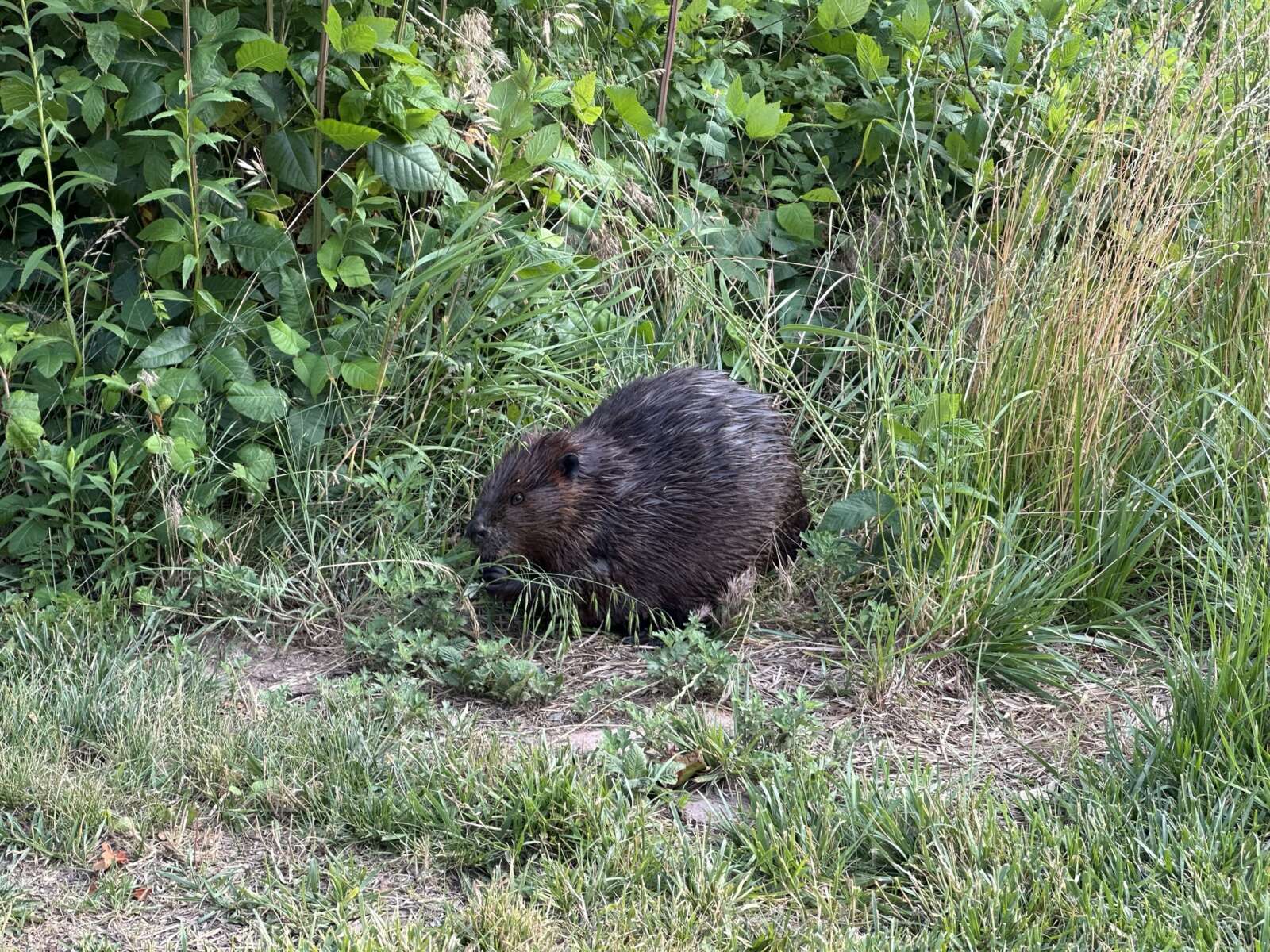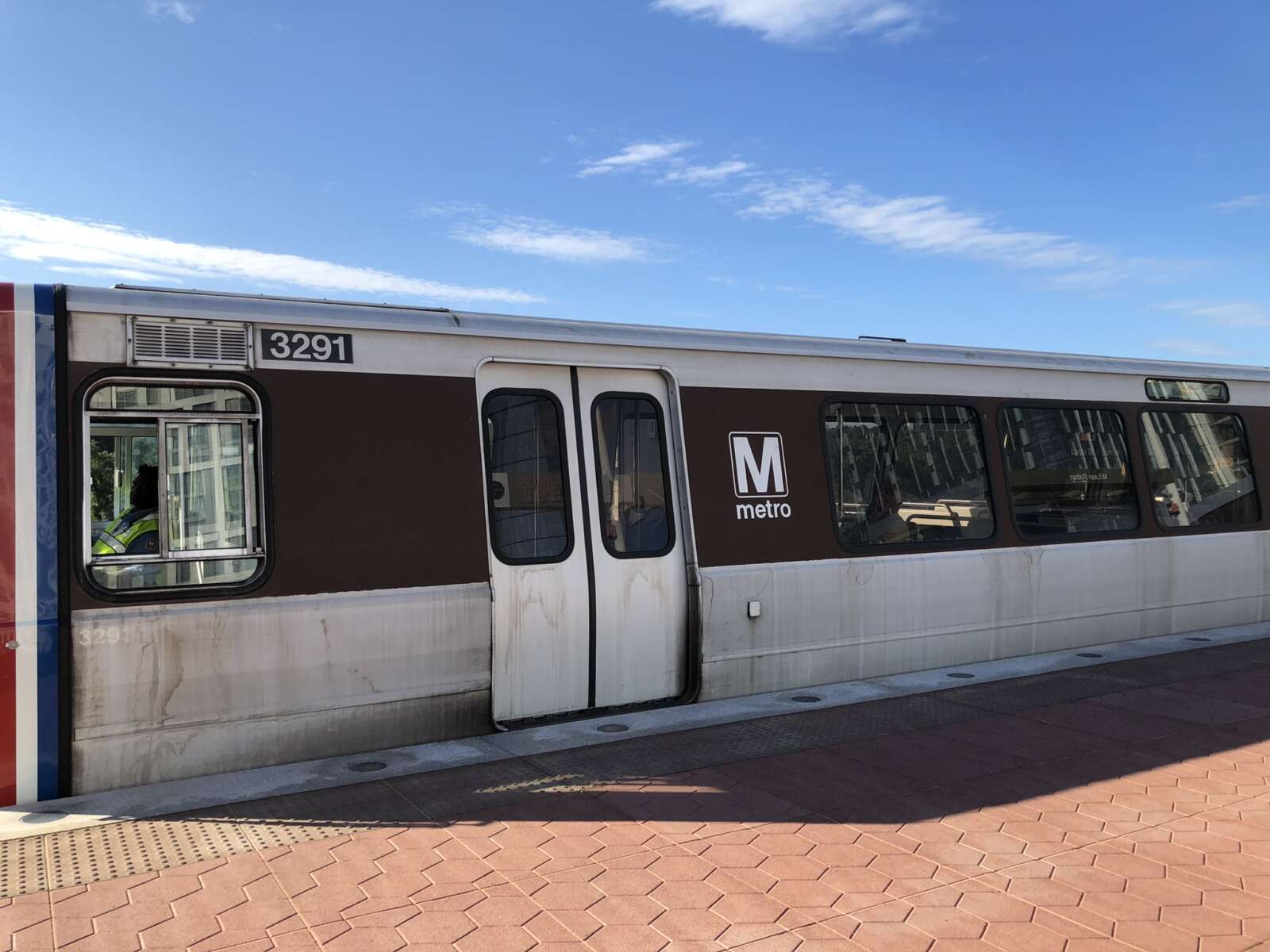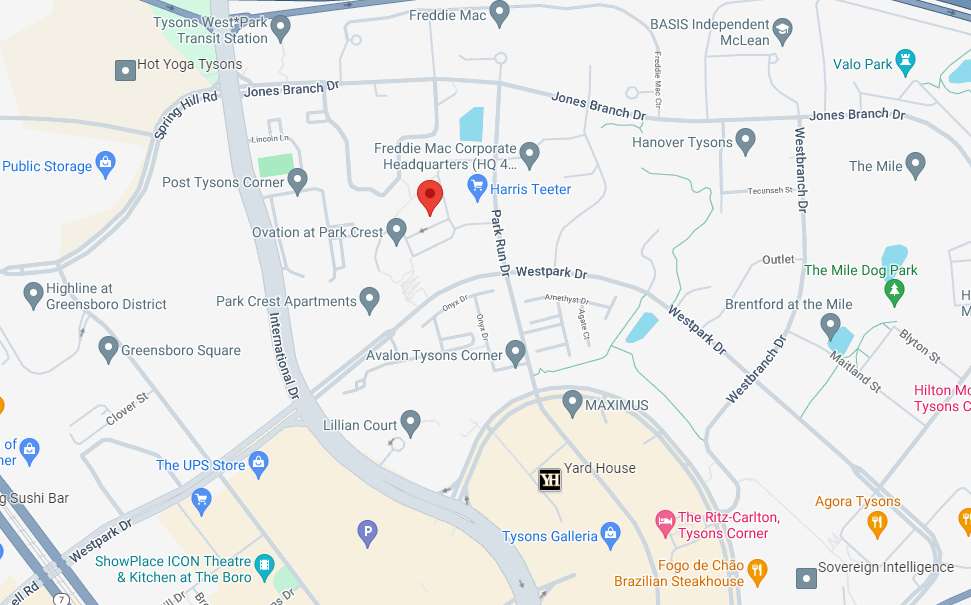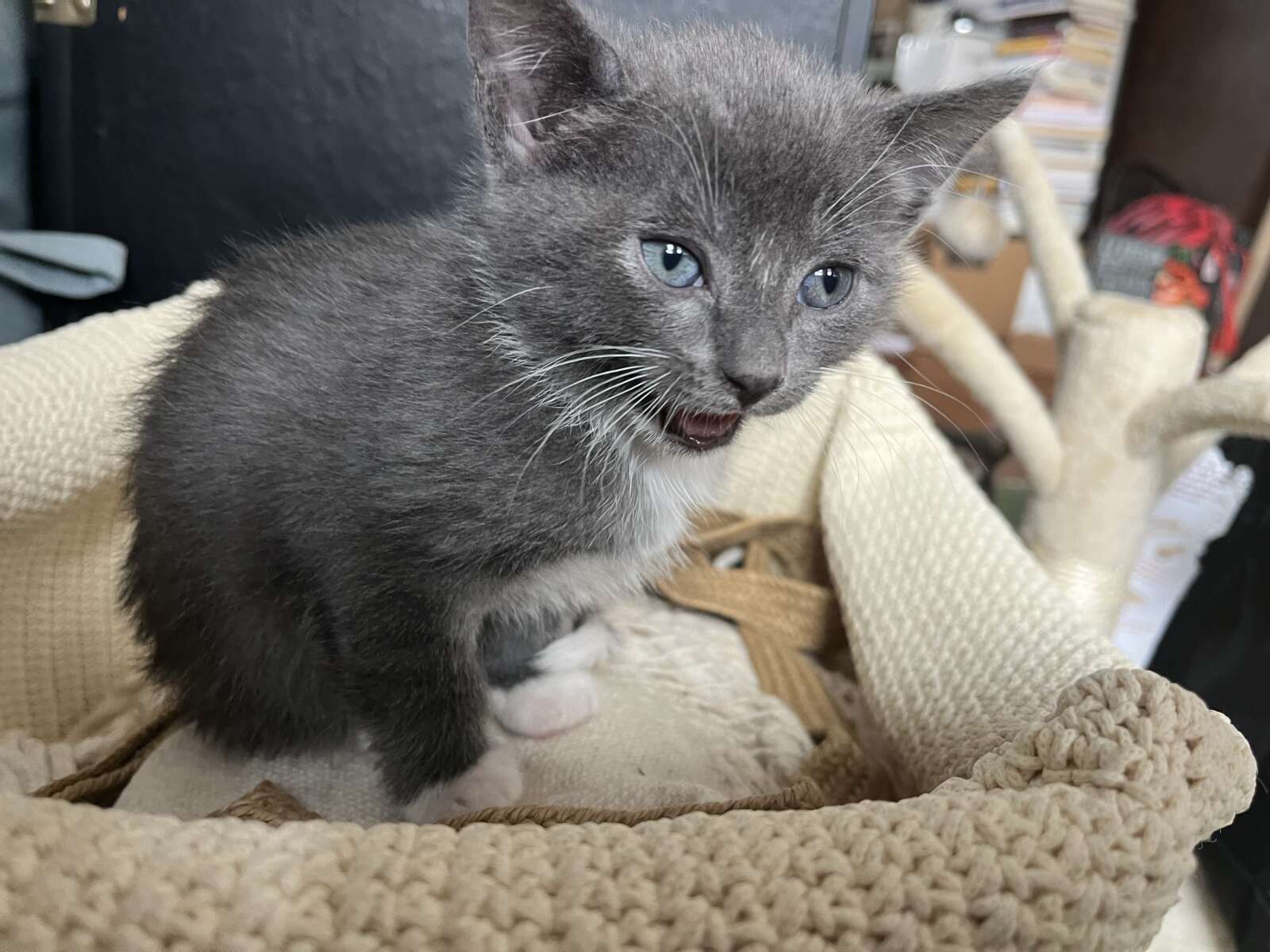The term “Tysons Corner” is perhaps today most associated with Tysons Corner Center, the giant shopping mall turned mixed-use development that recently marked its 50th anniversary.
But in the 1850s, when William Tyson purchased land around the intersection of Route 7 and Route 123, the 35 stores that made up the original iteration of the mall were more than a century away. The area was known as Peach Grove, and then Tysons Crossroads. Well into the 20th century, the section of land today frequently known simply as Tysons remained rather undeveloped.
“There were more cows than people. Maybe not quite, but it was quite a rural place,” Stephen Fuller, the head of George Mason University’s Stephen S. Fuller Institute, said. “It changed dramatically and the key factor that changed it, [that] put it on the map was the Beltway.”
Already located at the intersection of Routes 7 and 123, the addition of the Capital Beltway, which first opened in 1961, made Tysons “sort of the nexus of auto transportation in all directions,” Fuller said.
On top of that, when Dulles International Airport opened in 1962, the Dulles Access Road ran 13.5 miles from the airport to Route 123 and the Beltway.
“That’s where Tysons Corner happened to be located, right where that access road stopped,” said Paul Ceruzzi, a curator at the Smithsonian’s National Air & Space Museum and author of Internet Alley, a book that documents much of Tysons’ history.
It wasn’t until 1983 that the access road would be extended to connect with I-66, which had just been completed through Arlington. Had the access road gone all the way to D.C. from the start, “Tysons Corner may never have happened,” Ceruzzi said.
Tysons’ advantageous location attracted “shrewd insight” from real estate developers, Ceruzzi said. “The landowners there were also savvy in that they allowed this development to proceed,” letting developers “assemble big parcels to assemble really high quality office buildings and other facilities.”
Early investors included Gerald Halpin, who in 1962 with partners purchased 125 acres of land in the Tysons area from dairy farmers, and Ted Lerner, whose triumphs include Tysons Corner Center and who with his family today is the majority owner of the Washington Nationals.
Also key to making developments in Tysons possible was Fairfax County. As early as October 1961, the Fairfax County Planning Commission presented the Tysons area as a possible regional center, as The Washington Post reported at that time.
That doesn’t mean growth always came easily. Lawyer and developer Til Hazel notably led people like Lerner through the legal process to make construction possible.
Ultimately, the initial rise of Tysons was the result of a “combination” of factors, Ceruzzi said — among them, the introduction of interstate highways, suburbanization after World War II, real estate development and proximity to the Pentagon, which “was generating these institutes and companies,” he said. “All of that kind of came together.”
Plans for the area’s future, in private and public realms, are still evolving. Today, Tysons is in something like the “third phase of its life,” Fuller said. “It was a retail center first, then it morphed into an employment center and now it’s becoming a mixed-use center with hopes it’ll become more livable.”
Next week, check back to read about some of the forces that have helped shape Tysons today, including Fairfax County’s Tysons Comprehensive Plan and evolving planning priorities.





